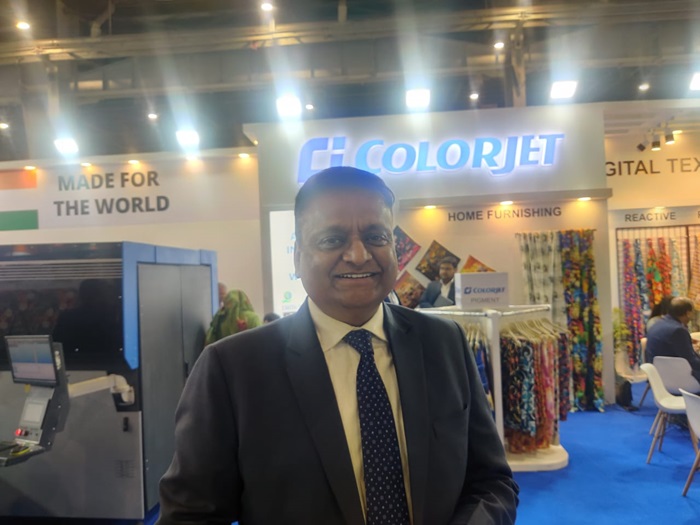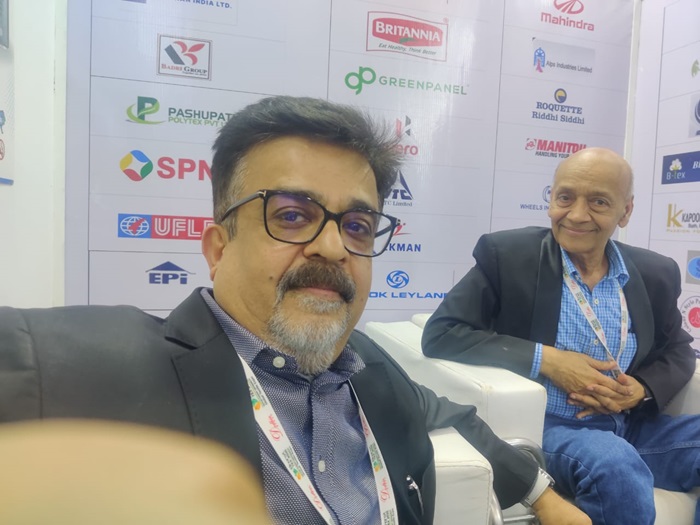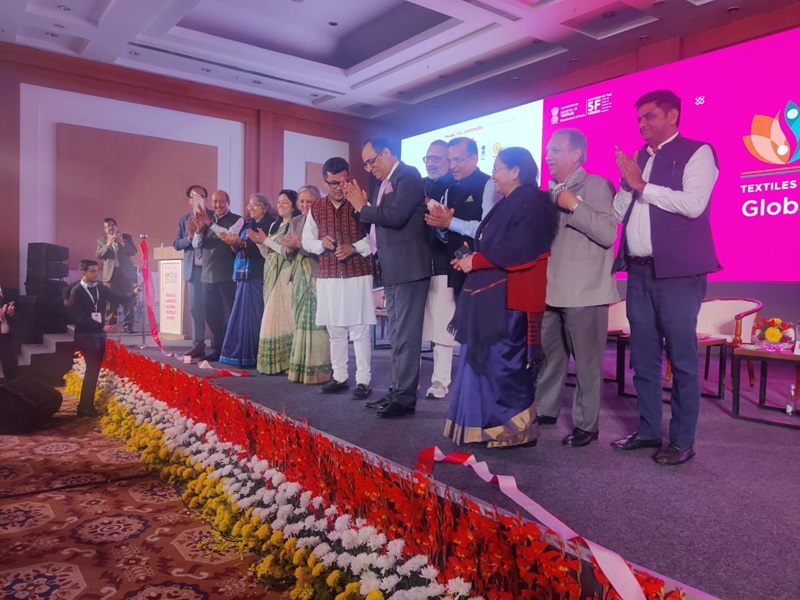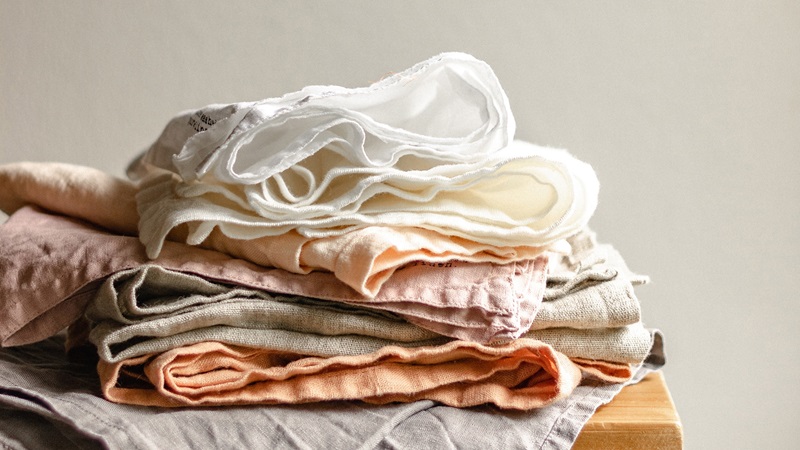'Made in India' apparels are fast emerging as a force to be reckoned with in both the domestic and global markets. This resurgence is due to many reasons, like evolving consumer preferences, government initiatives, and the industry's own focus on innovation and sustainability. However, the rise of imports, particularly from Bangladesh, Vietnam, and the EU, poses a significant challenge.
In fact, the 'Made in India' label is no longer associated with just basic or traditional wear. Today, it covers a wide range of styles, from contemporary fashion to hot couture, catering to diverse tastes and preferences. Indian designers and brands are experimenting with new fabrics, techniques, and designs, creating unique and globally appealing products.
What’s driving this change?
There are many reasons for the rise in 'Made in India' apparels. Growing domestic demand is a major one. India's growing middle class with higher disposable incomes have led to the rise of demand for branded and high-quality apparel. Consumers are becoming more fashion-conscious and are willing to spend on clothing that reflects their personal style.
Meanwhile, the government has been actively promoting the 'Make in India' initiative, which aims to boost domestic manufacturing and create jobs. Various schemes and incentives have been introduced to support the textile and apparel industry, including production-linked incentive (PLI) schemes and export promotion measures. With growing awareness about environmental and social issues, more and more consumers are demanding sustainable and ethically produced clothes. Indian manufacturers are responding by adopting eco-friendly practices, using organic cotton, and ensuring fair labor conditions. The adoption of new technologies, such as automation and digitalization, too is improving efficiency and productivity in the Indian apparel industry. This is enabling manufacturers to produce high-quality garments at competitive prices.
What works for India?
There are several catalysts of apparel industry’s growth in India. For example, India is one of the largest producers of cotton and other raw materials, giving it a competitive advantage in terms of sourcing and cost. India also has a large pool of skilled workers in the textile and apparel sector, which is crucial for maintaining quality and craftsmanship. And compared to other major apparel manufacturing hubs, India offers cost advantages in terms of labor and production, making it an attractive destination for global brands.
India's apparel exports have been steadily increasing, with a focus on diversifying markets and product categories. The country is well-positioned to capitalize on the growing global demand for sustainable and ethically produced clothing.
Meanwhile, the rise of 'Made in India' apparel presents several new opportunities for the country.
Increased market share: Indian brands can capture a larger share of the domestic market by offering high-quality and affordable clothing options.
Global expansion: Indian manufacturers can expand their presence in international markets by leveraging their cost competitiveness and focus on sustainability.
Job creation: The growth of the apparel industry can create numerous jobs across the value chain, from manufacturing to retail.
Brand building: Indian designers and brands have the opportunity to build global brands that are recognized for their quality, innovation, and sustainability.
Competitors a concern
Despite a domestic push India faces increasing competition from apparel imports, particularly from Bangladesh, Vietnam, and the EU. These countries often benefit from preferential trade agreements, lower labor costs, and efficient manufacturing processes.
Bangladesh for example has emerged as a major player in the global apparel market, specializing in mass production of basic garments. Its competitive advantage lies in extremely low labor costs and duty-free access to many major markets. Vietnam on the other hand has gained prominence in apparel manufacturing, particularly in higher-value garments and sportswear. It benefits from free trade agreements and a focus on efficiency and quality. While the EU's apparel exports to India might be smaller in volume compared to Bangladesh and Vietnam, they often consist of premium brands and high-value items, competing with the higher end of the Indian market.
So what leads to a rise in apparel imports? First, are the Preferential Trade Agreements that countries like Bangladesh and Vietnam have with major importing nations, giving them a competitive edge in tariffs. What’s more, labor costs in some competing countries are significantly lower than in India, making their products more price-competitive.
These countries also have economies of scale as large-scale manufacturing facilities helps them in reducing production costs. And some countries have specialized in specific product categories, gaining expertise and efficiency in those areas.
How should India address this challenge?
India needs a multi-pronged approach to address the challenge of rising apparel imports. To begin with India should actively negotiate trade agreements that ensure a level playing field for domestic manufacturers. It should enhance domestic competitiveness. This involves improving infrastructure, reducing bureaucratic hurdles, and promoting skill development to enhance the efficiency and productivity of the Indian apparel industry. Focus on producing higher-value garments, including design-driven and branded products, to differentiate itself from competitors. Emphasize sustainable and ethical manufacturing practices to attract environmentally conscious consumers. And it’s important to support Indian brands in building their presence in the domestic market and expanding globally. Encourage the adoption of advanced technologies in the apparel industry to improve efficiency and reduce costs.
Indeed, the future of 'Made in India' apparel depends on how effectively the industry and the government address the challenges, particularly the increasing imports. By focusing on innovation, sustainability, and competitiveness, India can solidify its position in the global apparel market and capture a larger share of both domestic and international sales. The government's continued support, coupled with the industry's own initiatives, will be crucial in shaping the future of 'Made in India' apparel.












